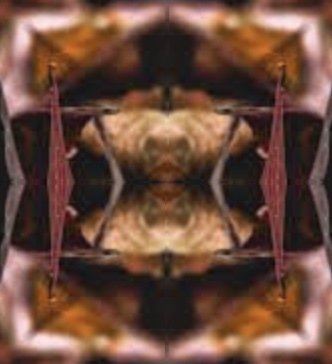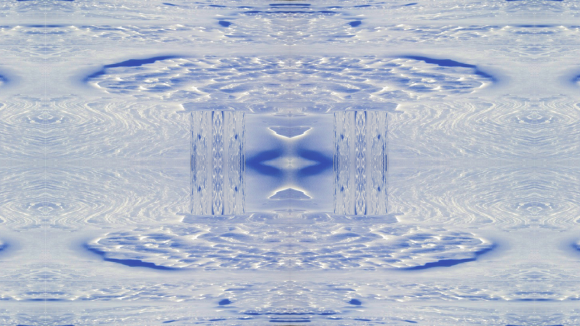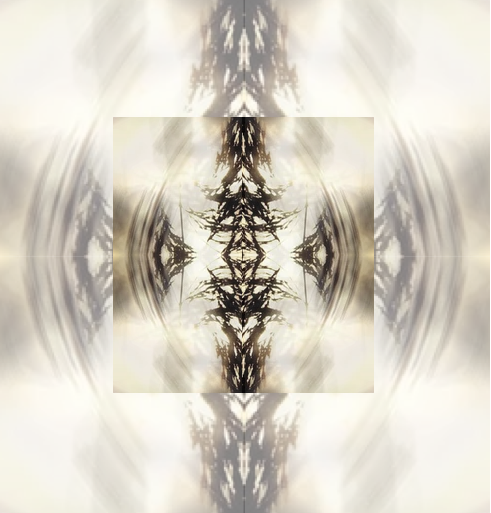In the midst of our chaotic life processes, as we experience them day by day, there is a pre-existent, hidden meaning.

That meaning, or Sinn, is an archetype (says Jung: GW IX/I, §74.) That is to say that it is a built-in feature of our psychology that we understand our experience as possessing such a meaning. (Is such meaning “really there”? That’s a different question, which belongs to the fields of philosophy or theology. Psychology can be neutral on that.)
As an archetype, the hidden meaning of our experience can appear in dreams, myths, fairy tales. When it appears there, it appears personified, i.e. there is a character in those stories which represents the archetype of meaning, or Sinn, usually as Wise Old Man, Helpful Dwarf, in various animal forms, and the like.
Jung diligently points out (ibd.) that as such, the archetype is neither a good nor evil force, but a conjunction of both: thus the archetype may appear personified both as benign mentor and as dark sorcerer (both compatible with the powerful spirit as Wise Old Man), as white horse and black horse, and so on.
That is a general feature of personification: we mustn’t assume a one-to-one relationship between that which is personified and those characters who personify it. Especially with archetypes. Since in Jung’s view, archetypes are integrated wholes, they must consist of opposites which are in contrast and conflict with each other, and at the same time, paradoxically, unified. When a story personifies such a thing, it may feature a single character who is self-contradictory and paradoxical; but alternatively it may simply feature two contrasting characters, each of whom represents one side of the contrast — and their conjunction comes out, not in the characters themselves, but in the plot of the story as it develops.
So for example, a story may either represent the contrasting ‘good’ and ‘evil’ sides of the archetype of meaning by means of a character who shape-shifts: first appears as a helpful force, and later turns evil and destructive (think Rumpelstiltskin). Or instead, it may feature both a “white sorcerer” who is unqualifiedly good and a “black sorcerer” who is unqualifiedly evil, neither of them changing or developing, but having their battle out in the world of the story instead.




[…] two-sided archetype of meaning or Sinn, which may self-represent itself in dreams or myths as Wise Old Man, […]
[…] archetype of a pre-existent meaning in the midst of chaotic life — i.e. the archetype of spirit (Geist) — has been morphed, over the course of centuries of […]
[…] his essay on spirit, Jung not only identifies the archetype of Spirit as that of “a hidden meaning behind the chaotic events of life”, he also claims that this […]
[…] point Jung makes both in the synchronicities essay and in the spirit essay. The point is that the archetypal idea of a “hidden meaning behind chaotic events in life” appears when subjects find themselves in certain types of situation: namely, seemingly impossible […]
[…] according to Jung, is the archetype of a hidden meaning in the chaos of life. When it appears personified, it can will typically be the Wise Old Man (but it might be a helpful […]
[…] idea of a hidden meaning behind chaotic life (which Jung calls Spirit) thus belongs to the same class of notions as that of something which continuously runs counter to […]